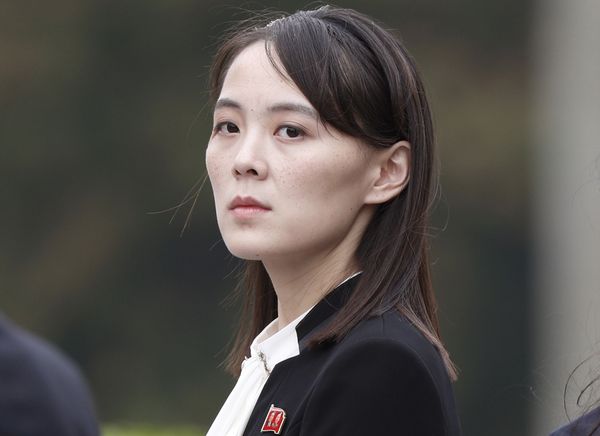
The death this week of the painter and writer Françoise Gilot added a full stop to one of the most flamboyant chapters of 20th-century art history. In her youth, Gilot became one of the muses of Pablo Picasso, with whom she had two children. After she walked out on him – reputedly the only woman to do so – he set about sabotaging her career as an artist.
But Gilot was no pushover. In 1964 she published an account of their 10-year affair, which has sold millions of copies. In 2021, her portrait of their daughter, Paloma à la Guitare, sold for $1.3m (£922,500) in the first cross-category sale devoted to female artists, at a Sotheby’s online auction. Though this is small beer compared with the $20.9m paid for one of Picasso’s portraits of Gilot in New York a month earlier, it was seven times the estimate: a clear indication of the growth in her reputation.
Gilot was not the only one of Picasso’s muses to be an artist in her own right. Dora Maar, whom she usurped in the Spanish artist’s affections, imported surrealism to advertising, ran her own photography studio, and became a pioneer of street photography.
Maar is featured, alongside her friend Lee Miller – another woman photographer historically cast as a muse to her lover, Man Ray – in a groundbreaking book aimed at redressing a historic imbalance in art history. Katy Hessel’s The Story of Art Without Men arose from an Instagram riposte to Ernst Gombrich’s 1950 doorstopper The Story of Art, which, extraordinarily, was devoid of women until its 16th edition in 1995, when it admitted just one: the German expressionist Käthe Kollwitz.
Even today revisionist histories such as Hessel’s have some heavy lifting to do. “Perceptions of progress in the art world are largely a myth,” concluded last year’s Burns Halperin Report, which tracks the representation of black American and female-identifying artists. Between 2008 and mid-2022, art by women accounted for 3.3% of all auction sales.
Of course, art should never be valued by the market alone. Yet its prices are not only about the whim of private buyers but about the investment policy of public institutions, which dictates what will constitute the popular view of art in decades to come. The Tate’s 2008 acquisition of Maman, Louise Bourgeois’s sculpture of a giant female spider, was an important moment.
Female artists make up little more than 1% of the collection in the National Gallery, London, which only staged its first major solo exhibition of one – the Italian baroque painter Artemisia Gentileschi – in 2020. In September, the Royal Academy will for the first time host a woman, the performance artist Marina Abramović, across the main galleries. The National Portrait Gallery, which reopens this month, is in the middle of a three‑year project to reframe the narrative of women in portraiture.
Extricating female artists from the shade of the men who dominated either them, or the times in which they lived and worked, is a work in progress. Part of this project has to be challenging the regressive cultural cliche of the woman as muse.







